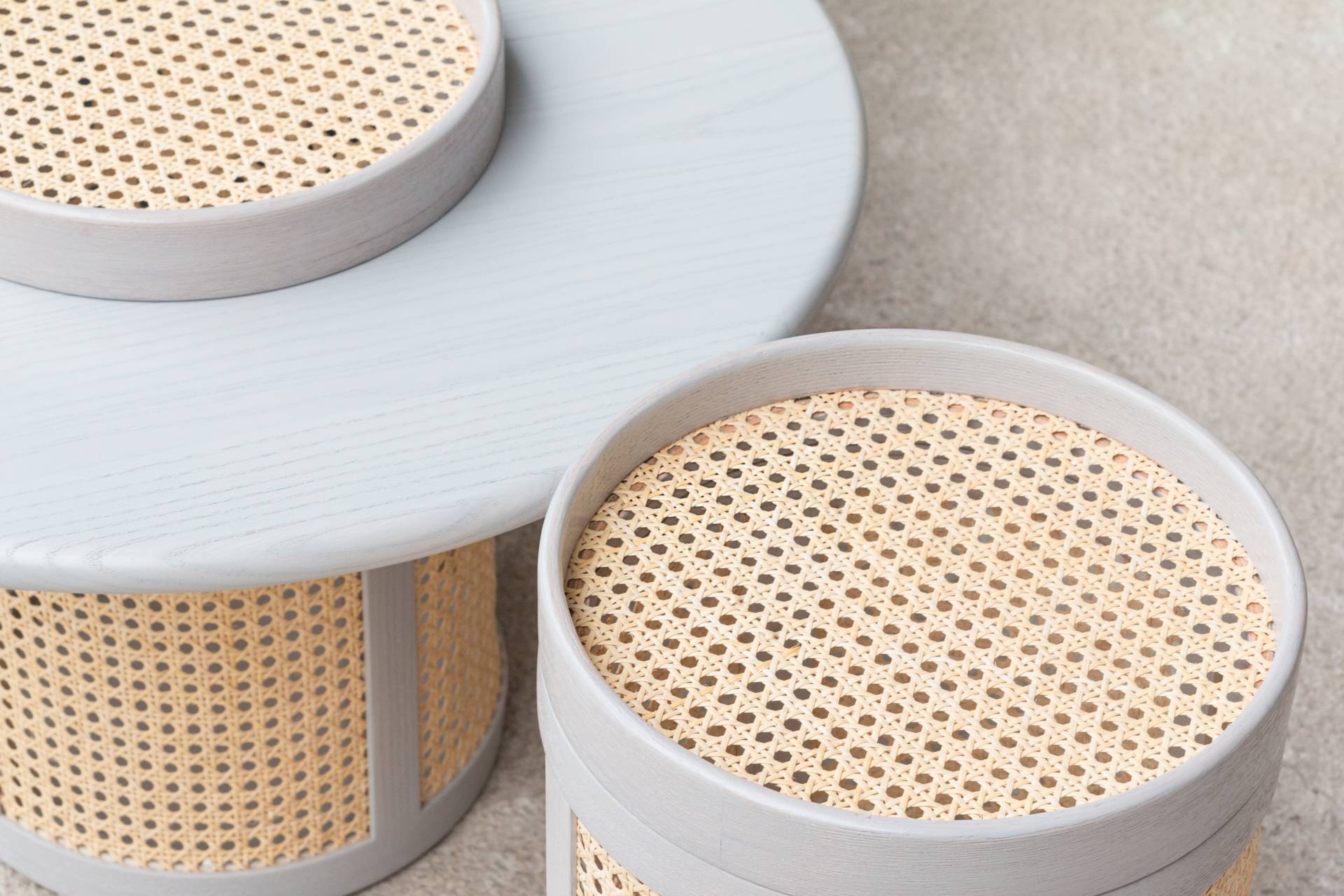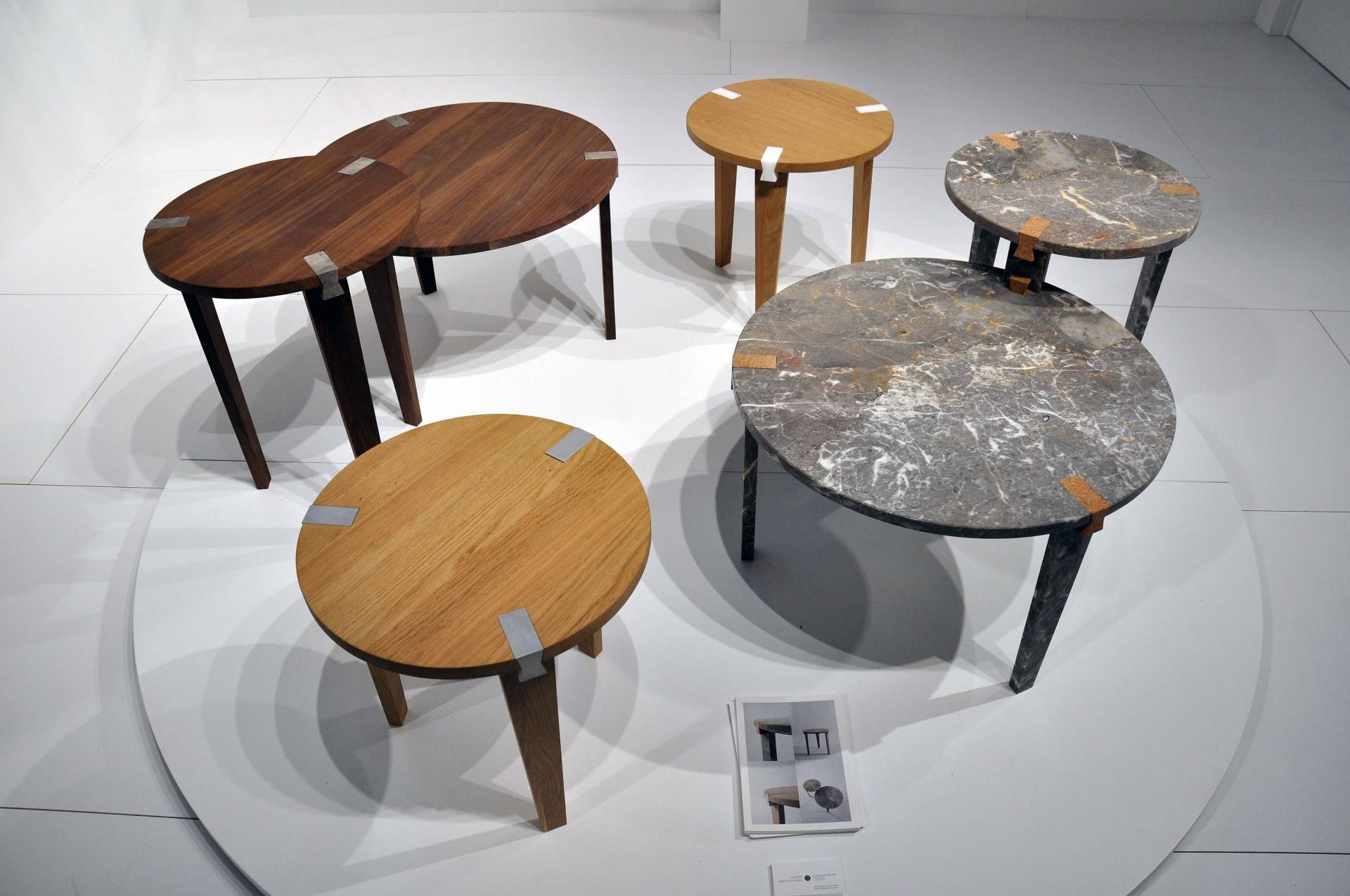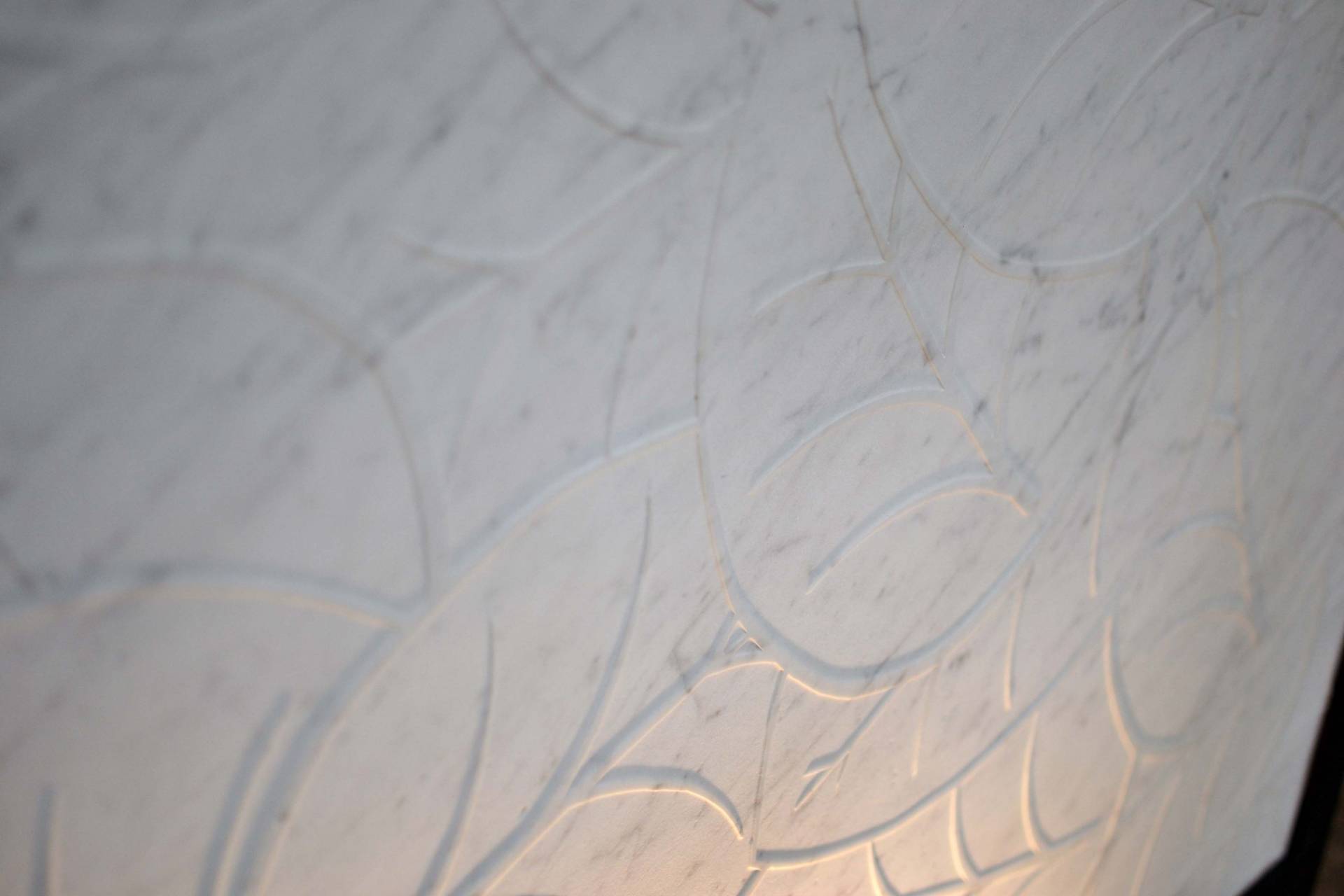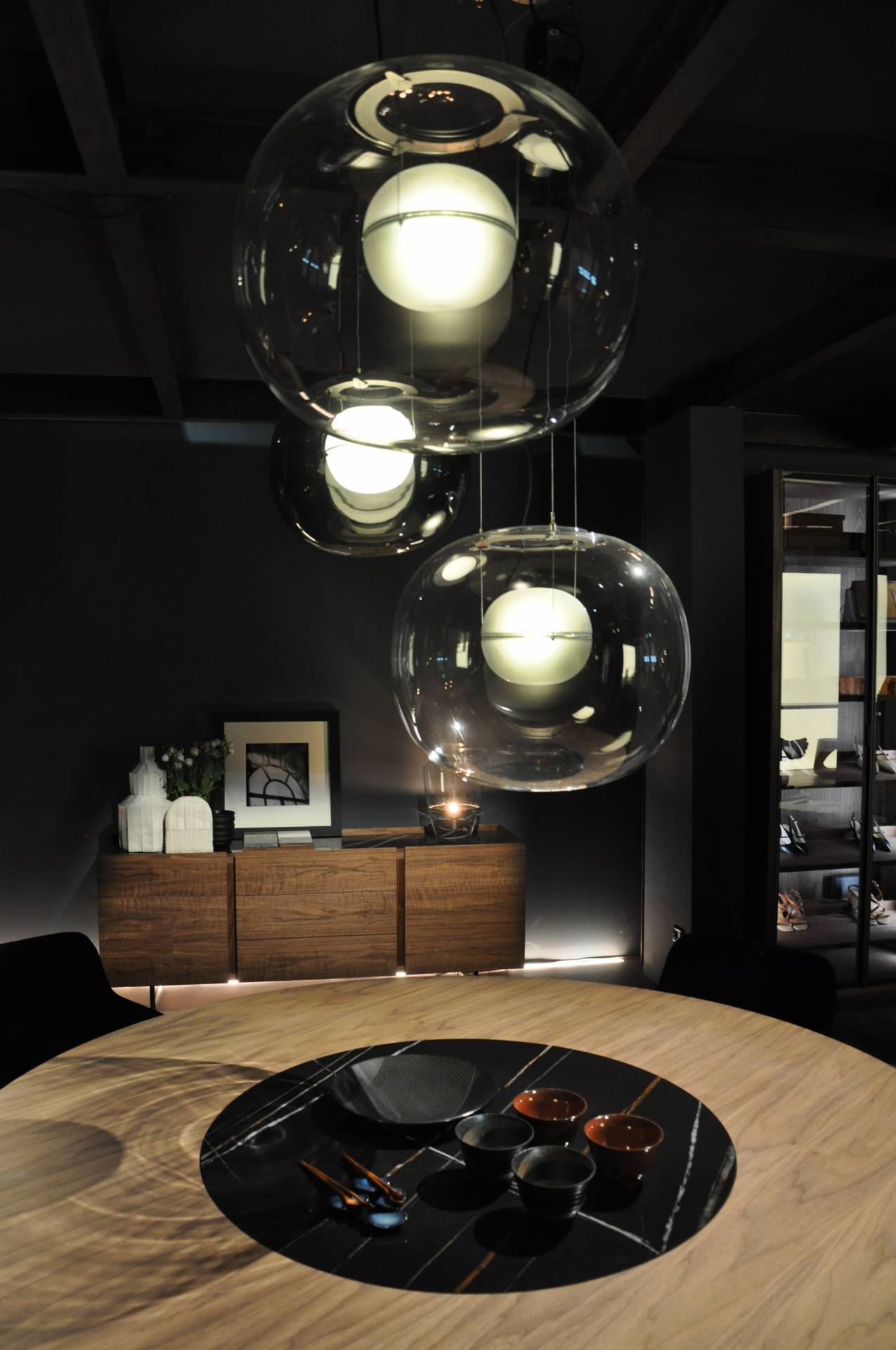The furniture world does not stand still. Even if the view of the broad mainstream often suggests the opposite. However, the impetus for the viable industry always comes from the edge, from young designers, creative studios and unadapted factories that understand the Zeitgeist and courageous, maybe a little crazy, look to the future and show concepts that are often groundbreaking. In any case, always involve and inspire a lot of passion.

For us at TRENDFILTER, the Milan Furniture Fair is an annual event, and the Salone Satellite and Fuori Salone in the city are the real high-spirited freestyle, where we can feel the pulse of the times and review our trend forecasts of recent years and feel trends.
Where the designers from all over the world stand in front of your exhibit full of expectations and hope, shining their eyes and burning for their idea, your design. Here, admittedly, in addition to the one or other insane high-altitude flight, future-oriented lifestyle becomes visible in first concepts.

Gypsum presents tiles with the charm of imperfection. Image: Claudia Minari
The new way of dealing with materiality
This year, too, we have found that materiality continues to gain in importance, while at the same time material properties are tickled out and play a significant role in design: solid wood shows its 3D-capability with cracks, branches, millings, laser technology or enormously worked out curves. Steel and metals are made extremely thin and show what they can carry with maximum material savings. The furniture stands on light, high feet, even upholstered furniture, which, like all furniture, is smaller and daintier overall. Glass also brings elements to life, hides smart functions or fascinates with light effects on structure or print.

Material makes the furniture. And sustainability remains the central topic in material procurement. Origin – preferably with story – is important and woods are regionally beaten and processed – of course, from exemplary managed forests. Even with stones, the origin is important and just marble has a great Italian tradition. But we think natural stones and ceramics are popular with young designers all over the world, so it remains an important issue overall. Marble, terrazzo and ceramics are now also being supplemented with terracotta and clay techniques. The clay structure has once again attracted interior designers and stands for ecological living. Also cork remains popular and an exciting material with potential.

Cyryl Zakrzewski 
Silvestri Marmi
Revival of traditional forms and craftsmanship techniques
To make them sustainable today, designers often look for old, traditional forms and techniques, reviving them in new designs to create new materiality on an ecological basis. An example that we liked very much comes from the Japanese manufactory Buaisou from Tokushima.
The designers dip stools in an indigo bath. The vegetable dyeing process is normally used exclusively for textiles in Japan, giving the wood an intense, vibrant color with lots of shade and depth. The appearance is very dull and contemporary.

Denim look stool by Buaisou. 
Freifrau.
Even traditional patterns, craft techniques and decors are booming. Freifrau delights us with a very noble chair back with jungle and animal motifs that look Asian. In any case, they make a surprising statement on the piece of furniture, and it is not just here that the trend color blue appears in furniture design and stand construction.
In addition to Asian motifs, animal motifs, insects, flowers and leaves, African motifs, their traditional patterns and weaving techniques are also a new theme for the interior. Lichening has been practiced in Africa for centuries, and grasses, sisal, hemp, etc. are new stars in the decor, making them light, airy and close to nature with an artisanal look. We no longer find braided items only in baskets, furniture and carpets, but in the meantime also as lamps, decorative elements, screens etc.

The revival of traditional forms and techniques also shows the multifaceted presence of the Viennese netting at the Salone Satellite. The Hamburg-based studio Marfa has created ergonomically curved chairs. In combination with the flat seat, this creates a reference to tradition and modernity alike. And the designers of Hong Kong’s Studio Ryte are also enthusiastic about the traditional wickerwork and use highly flexible coffee tables to show what the future of space-saving furniture can look like.
Clever reduction meets tool-free cleverness

Ever-increasing space shortage brings with it a correspondingly high demand for flexibility and usability on the part of consumers. That’s why smart, intelligent and creative solutions are needed that make furniture multifunctional or, in case of doubt, make it disappear quickly and easily.
So and now once again to one of my very personal highlights of the fair, more precisely: the Fuori Salone. I got to know the Swiss carpenter Ramon Zangger and his works. He gave his attractive, handleless solid wood chest of drawers an optical “doily” by using laser technique to burn embroidery patterns into the wood on the cover plate and on parts of the sides. In the front, the pattern repeats itself as a vertical banderole in the niche. Sustainability and high-tech are already merging here, as will be seen increasingly in the next few years.

We see multifunctionality of small furniture, natural materials, flexibility and individuality, many curves and circles, delicate metal frames and craftsmanship techniques, as well as traditional forms and patterns in a new guise. More about the furniture fair coming soon and who wants to hear more about material trends, which has the chance at the interzum in Cologne, at my TRENDESPRESSO short presentation. I hope we see each other.

(Nomon)
(Riva 1920)






